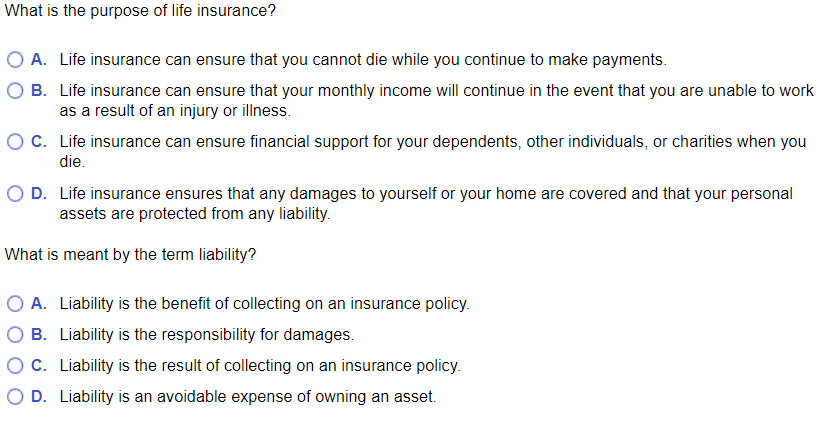The Definitive Guide for Pacific Prime
The Definitive Guide for Pacific Prime
Blog Article
How Pacific Prime can Save You Time, Stress, and Money.
Table of ContentsThe Best Strategy To Use For Pacific PrimeThe Best Guide To Pacific PrimePacific Prime Things To Know Before You Get ThisThe 10-Second Trick For Pacific PrimeThe Basic Principles Of Pacific Prime

This is due to the fact that the information were collected for a period of strong financial efficiency. Of the estimated 42 million individuals that were uninsured, almost regarding 420,000 (about 1 percent) were under 65 years old, the age at which most Americans end up being qualified for Medicare; 32 million were adults in between ages 18 and 65, around 19 percent of all adults in this age group; and 10 million were kids under 18 years of age, about 13.9 percent of all children (Mills, 2000).
These quotes of the number of individuals uninsured are produced from the yearly March Supplement to the Existing Populace Study (CPS), conducted by the Census Bureau. Unless otherwise noted, nationwide price quotes of people without medical insurance and percentages of the populace with different kinds of protection are based upon the CPS, one of the most extensively used resource of price quotes of insurance policy coverage and uninsurance rates.
4 Simple Techniques For Pacific Prime

Still, the CPS is specifically valuable since it creates annual estimates relatively rapidly, reporting the previous year's insurance protection estimates each September, and because it is the basis for a regular collection of estimates for greater than twenty years, enabling evaluation of patterns in protection over time. For these reasons, in addition to the comprehensive use the CPS in various other researches of insurance protection that are offered in this report, we count on CPS quotes, with constraints kept in mind.

The quote of the number of without insurance people broadens when a populace's insurance policy condition is tracked for numerous years. Over a three-year period starting early in 1993, 72 million individuals, 29 percent of the united state populace, were without coverage for at the very least one month. Within a single year (1994 ), 53 million people experienced at the very least a month without insurance coverage (Bennefield, 1998a)
6 out of every ten without insurance adults are themselves used. Functioning does enhance the possibility that one and one's family participants will have insurance policy, it is not a guarantee. Also members of family members with two permanent wage income earners have nearly a one-in-ten chance of being uninsured (9.1 percent without insurance rate) (Hoffman and Pohl, 2000).
The smart Trick of Pacific Prime That Nobody is Discussing
New immigrants account for a substantial proportion of individuals without medical insurance. One evaluation has actually attributed a significant part of the recent growth in the size of the U.S. without insurance populace to immigrants who arrived in the nation between 1994 and 1998 (Camarota and Edwards, 2000). Recent immigrants (those who concerned the USA within the past four years) do have a high rate of being uninsured (46 percent), but they and their children make up simply 6 percent of those without insurance policy nationally (Holahan et al., 2001).
The relationship Read Full Article in between medical insurance and accessibility to care is well developed, as documented later in this phase. Although the relationship between medical insurance and health end results is neither direct nor straightforward, a substantial scientific and health and wellness solutions study literary works web links medical insurance protection to better access to care, far better quality, and boosted individual and populace health and wellness condition.
Levels of evaluation for examining the results of uninsurance. This conversation of wellness insurance protection concentrates primarily on the united state population under age 65 because essentially all Americans 65 and older have Medicare or various other public insurance coverage. Furthermore, it concentrates especially on those without any health and wellness insurance policy for any kind of length of time.
Excitement About Pacific Prime
The troubles dealt with by the underinsured are in some respects similar to those encountered by the without insurance, although they are normally less serious. maternity insurance for expats. Uninsurance and underinsurance, nevertheless, involve definitely various policy problems, and the strategies for addressing them might vary. Throughout this research study and the five reports to comply with, the primary focus gets on persons with no health insurance and hence no support in spending for healthcare beyond what is available through charity and safety web institutions
Wellness insurance is an effective aspect impacting receipt of treatment because both people and doctors reply to the out-of-pocket cost of solutions - https://dzone.com/users/5122954/pacificpr1me.html. Medical insurance, nonetheless, is neither necessary nor enough to obtain access to medical solutions. The independent and straight effect of health insurance policy coverage on accessibility to wellness solutions is well established.
Others will certainly get the healthcare they need even without health insurance, by paying for it expense or seeking it from carriers who provide treatment complimentary or at very subsidized rates. For still others, medical insurance alone does not guarantee receipt of care due to other nonfinancial barriers, such as an absence of healthcare companies in their community, restricted accessibility to transportation, illiteracy, or etymological and social differences.
Top Guidelines Of Pacific Prime
Formal research study about without insurance populaces in the USA dates to the late 1920s and very early 1930s when the Committee on the Cost of Medical Care created a collection of records regarding financing doctor workplace visits and hospitalizations. This problem ended up being significant as the numbers of medically indigent climbed up throughout the Great Depression.
Report this page